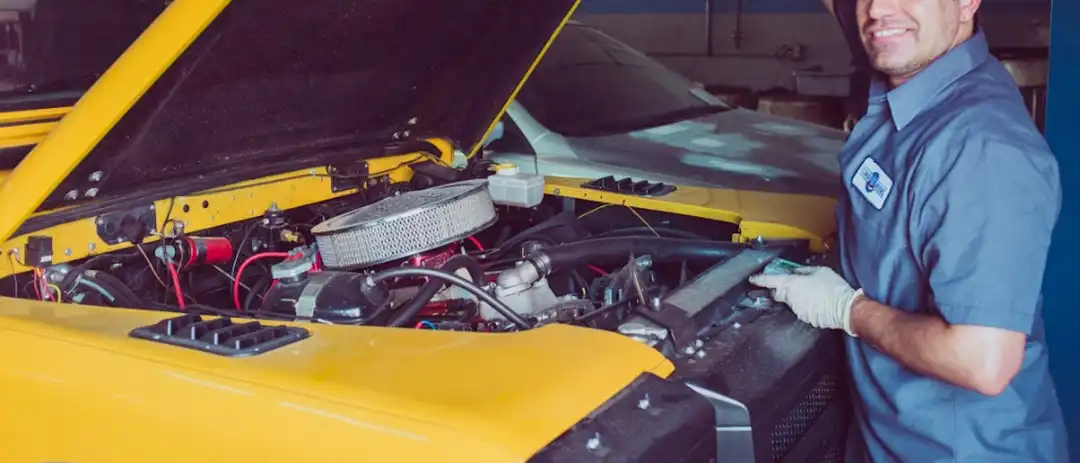- Arabic
- French
- Russian
- Spanish
- Portuguese
- Turkish
- Armenian
- English
- Albanian
- Amharic
- Azerbaijani
- Basque
- Belarusian
- Bengali
- Bosnian
- Bulgarian
- Catalan
- Cebuano
- Corsican
- Croatian
- Czech
- Danish
- Dutch
- Afrikaans
- Esperanto
- Estonian
- Finnish
- Frisian
- Galician
- Georgian
- German
- Greek
- Gujarati
- Haitian Creole
- hausa
- hawaiian
- Hebrew
- Hindi
- Miao
- Hungarian
- Icelandic
- igbo
- Indonesian
- irish
- Italian
- Japanese
- Javanese
- Kannada
- kazakh
- Khmer
- Rwandese
- Korean
- Kurdish
- Kyrgyz
- Lao
- Latin
- Latvian
- Lithuanian
- Luxembourgish
- Macedonian
- Malgashi
- Malay
- Malayalam
- Maltese
- Maori
- Marathi
- Mongolian
- Myanmar
- Nepali
- Norwegian
- Norwegian
- Occitan
- Pashto
- Persian
- Polish
- Punjabi
- Romanian
- Samoan
- Scottish Gaelic
- Serbian
- Sesotho
- Shona
- Sindhi
- Sinhala
- Slovak
- Slovenian
- Somali
- Sundanese
- Swahili
- Swedish
- Tagalog
- Tajik
- Tamil
- Tatar
- Telugu
- Thai
- Turkmen
- Ukrainian
- Urdu
- Uighur
- Uzbek
- Vietnamese
- Welsh
- Bantu
- Yiddish
- Yoruba
- Zulu
Samh . 30, 2024 00:17 Back to list
Understanding Timing Belt Pulleys and Their Importance in Engine Performance
Timing Belt Pulley An Overview
The timing belt pulley is a crucial component in many automotive and industrial applications. It plays an essential role in the efficient operation of internal combustion engines, providing a mechanism that ensures precise synchronization between the engine's crankshaft and camshaft. Understanding the function and design of timing belt pulleys can help in maintaining one's vehicle or machinery, ensuring longevity and performance.
Function of the Timing Belt Pulley
At its core, the timing belt pulley works in conjunction with the timing belt, a toothed belt that connects various rotating shafts within an engine
. The timing belt is responsible for transferring motion from the crankshaft, which converts linear motion from the pistons into rotational motion, to the camshaft, which controls the opening and closing of the engine's intake and exhaust valves.Timing belt pulleys are specifically designed with grooves that align perfectly with the teeth of timing belts. This design prevents slippage, ensuring that the timing of the engine remains precise. If the timing is off, it can lead to several issues, such as misfires, decreased engine performance, or even catastrophic engine failure.
Design and Materials
Timing belt pulleys are typically made from materials that can withstand high levels of tension and heat. Common materials include aluminum, cast iron, and robust plastic composites. The choice of material often depends on the specific application and the required durability. For instance, performance-oriented vehicles may use lightweight aluminum pulleys to reduce overall weight and enhance responsiveness.
timing belt pulley

The design of timing belt pulleys can vary significantly, depending on the engine configuration. Pulleys may have multiple grooves for dual or even tri-timing setups, accommodating complex engine systems. The precision with which these pulleys are fabricated is vital, as even a slight manufacturing defect can lead to misalignment and operational issues.
Maintenance and Replacement
Regular maintenance is critical for the longevity of timing belt pulleys and the timing belt itself. Automotive experts often recommend replacing the timing belt and its associated pulleys at specific intervals, usually between 60,000 to 100,000 miles, depending on the vehicle manufacturer's guidelines. Signs that a timing belt or pulley may need attention include unusual noises, engine performance issues, or visible wear on the belt or pulleys.
Ignoring these maintenance schedules can lead to serious consequences, including engine damage that may require extensive and costly repairs. Therefore, regular inspections and timely replacements of worn components are essential in preserving the integrity of the engine.
Conclusion
In summary, timing belt pulleys are vital components that ensure the harmonious operation of an engine's timing system. Their role in connecting the crankshaft and camshaft through the timing belt underscores their importance in automotive mechanics. Understanding their function, materials, design, and maintenance needs can help vehicle owners and operators manage their machinery more effectively. By prioritizing the health of the timing components, one can ensure optimal performance, reliability, and longevity of their engine.
-
Korean Auto Parts Timing Belt 24312-37500 For Hyundai/Kia
NewsMar.07,2025
-
7PK2300 90916-T2024 RIBBED BELT POLY V BELT PK BELT
NewsMar.07,2025
-
Chinese Auto Belt Factory 310-2M-22 For BMW/Mercedes-Benz
NewsMar.07,2025
-
Chinese Auto Belt Factory 310-2M-22 For BMW/Mercedes-Benz
NewsMar.07,2025
-
90916-02660 PK Belt 6PK1680 For Toyota
NewsMar.07,2025
-
drive belt serpentine belt
NewsMar.07,2025

